When it comes to hospital health and safety, healthcare-associated infections (HAIs) are one of the biggest concerns. There are over 200,000 HAIs in Australian healthcare facilities every year, making it the most common complication affecting patients in hospital. But did you know your walls could potentially be exacerbating the problem by facilitating bacteria growth?
Unbeknownst to you, your hospital’s walls could be harbouring harmful bacteria such as Golden Staph, Salmonella and E. coli. These bacteria can potentially survive on dry surfaces for several days to months and can be particularly dangerous for patients with weakened immune systems.
The risk of spreading these harmful bacteria is also heightened, as most patients and healthcare workers who come into contact with a wall won’t think to observe hand hygiene afterwards, and may end up inadvertently passing the bacteria to other people.
Hospitals located in humid environments may also suffer from indoor mould, which can spread spores and chemical compounds into the air, causing allergic reactions. Those with weakened immune systems may even get infections as a result of being exposed to mould.
So how do you combat the spread of bacteria, mould and fungi that are lurking on the walls? Here are our top 3 tips for keeping the spread of infection at bay in your hospital.
1. Stress the importance of hand hygiene
The World Health Organization (WHO) has defined the Five Moments for Hand Hygiene in a bid to help stop the spread of HAI.
These are:
- Before patient contact
- Before aseptic task
- After body fluid exposure risk
- After patient contact
- After contact with the patient's surroundings
Take a few minutes to go over these Five Moments with the hospital staff, and remind them that ‘patient surroundings’ include any object or furniture in the patient’s immediate surroundings – including the walls. WHO recommends cleaning your hands after contact with patient surroundings even if you have not actually touched the patient.
2. Have diligent cleaning standards
Because walls are generally considered a ‘low touch’ area, meaning they are minimally touched by hands throughout the course of the day, they tend to not get much attention when it comes to cleaning.
However, it’s good practice to ensure the hospital walls are spot-cleaned daily and properly washed and disinfected at least once annually.
3. Use antimicrobial paint
If your hospital hasn’t been renovated for a while, it may be at elevated risk of bacteria, mould and fungi build-up on the walls. So next time your hospital is due for a refresh, consider investing in antimicrobial paint.
Paint with Microban technology, for example, can actually prohibit the growth of harmful bacteria like E. coli, Salmonella, Listeria and Golden Staph, as well as mould, mildew and fungi. Microban also does not wear or wash off, meaning that it lasts the life of the paint.
There is also evidence that indicates that embedded antimicrobials, such as those used in Microban paint, do not contribute to antibiotic resistance, which is an ever-growing issue in healthcare. Therefore you can be confident that the paint is helping to reduce the spread of bacteria, without creating any other negative health issues.
While all hospitals strive to create a clean and safe environment for patients, the walls that surround those patients are often forgotten about and neglected.
Reminding healthcare workers that hospital walls can pose a potential risk, being extra vigilant about hand hygiene, and ensuring periodic cleaning of walls, can all help to contribute to a more hygienic environment. However, paint with antimicrobial paint is by far the easiest and quickest way to prevent the growth of bacteria, mould and fungi on your walls.
Is your hospital due for a repaint? Get the most value for your money and achieve quality results on time, while ensuring the longevity of the paintwork, by downloading our free best practice guide to painting hospitals.
Higgins Coatings, an ISO tri-certified accredited painting contractor, offers painting services for many of Australia and New Zealand's hospital and healthcare facilities. Our team takes safety, quality, and delivering work on time and within budget as seriously as you do. Contact us today for a consultation.
Recent Posts
-
The cost-effective solution
Dhananjay Kapoor07 Oct 2025 at 10:10 PM -
Why schools are choosing floor rejuvenation
Dhananjay Kapoor07 Oct 2025 at 10:09 PM -
Why leading schools choose Higgins for floor rejuvenation
Dhananjay Kapoor07 Oct 2025 at 10:09 PM -
Floor rejuvenation in action
Dhananjay Kapoor07 Oct 2025 at 01:53 AM -
Top trends affecting the value of commercial property in Australia
Higgins Coatings01 Jul 2025 at 01:30 AM -
Your guide to budgeting for commercial building painting
Higgins Coatings23 Jun 2025 at 11:15 PM -
Painting apartment exteriors: Best practices
Brendan Childs02 Mar 2025 at 10:00 PM -
Strata painter: 7 key considerations for hiring
Narell Majic02 Feb 2025 at 10:00 PM -
How to find good tradespeople you can always rely on
Sam McHugh08 Jan 2025 at 10:00 PM









